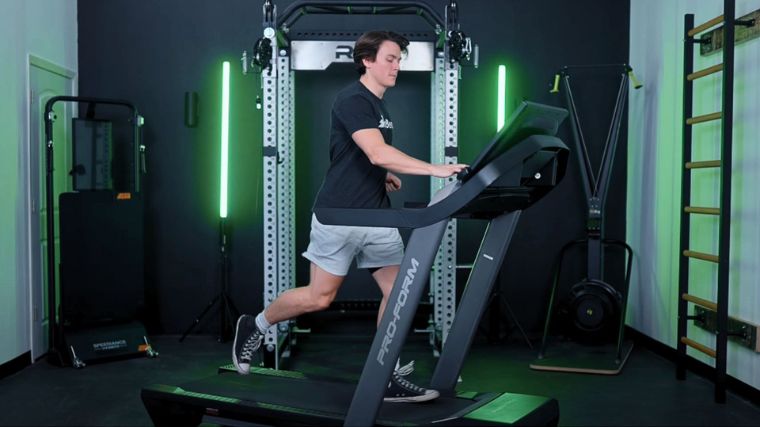At this point, we all know it — exercise is good for you. When it comes to life expectancy, small amounts of physical activity can make all the difference in the world, and if a new study’s findings are to be believed, it can add years to your calendar.
- A new study published in the Journal of Health and Sport Science argued that just 10 minutes of daily exercise can increase your life expectancy by up to a year or more.
You don’t need an economics degree to understand that trading 10 minutes for one year is a damn good deal. Let’s take a closer look at this study’s findings, discuss a few limitations, and give you some actionable advice so you can start cashing in.
Exercise & Life Expectancy: What the Study Says
The paper in question is aptly titled, “Interplay between physical activity volume and intensity with modeled life expectancy in women and men: a prospective cohort analysis,” by authors Zaccardi et al. It hit the ‘net in Aug. 2024. (1)
The National Institute of Health defines a prospective cohort study as, “A research study that follows groups of individuals over time … and compares them for a particular outcome.” In plain English, Zaccardi and colleagues examined the health and exercise habits of their participants and correlated those behaviors with life expectancy data.

Methods
- Zaccardi et al. recorded data from participants who wore wrist accelerometers or fitness trackers.
- The authors then extracted those data and characterized the participants’ activity volume and intensity.
- Authors Zaccardi et al. then cross-referenced their activity data with national mortality registries.
- The scientists then combined their findings to model life expectancy and how it is influenced by physical activity.
Findings
- “Higher volumes and intensities of physical activity are associated with longer life expectancy with no apparent threshold effect,” the authors wrote.
- Adding a “10-min brisk walk” daily was associated with extending life expectancy by .9 years in inactive women and 1.4 years in sedentary men.
Limitations
- The study authors acknowledged they relied on a potentially biased sample size, saying, “UK Biobank participants are possibly healthier than the general population.”
- The authors pulled data over a seven-day period, which may not be reflective of long-term physical activity patterns.
- The follow-up period after their initial data collection occurred 6.9 years later — authors alleged that waiting longer may have produced more accurate findings.
- “We did not find evidence of a meaningful interaction between volume and intensity in women, with both displaying an independent dose-response pattern of association with life expectancy. Conversely, while men with the highest PA volume lived the longest, there appeared little additional benefit from having a high intensity profile at high volume, whereas there was a notable association with intensity profile at lower PA volumes.”
Plainly, the authors here are remarking on how adjusting volume and intensity can affect life expectancy outcomes for men and women, respectively. For men who are already physically active, adding additional high-intensity exercise may not further elongate life expectancy.
Exercise & Life Expectancy: What To Do
Zaccardi & Co.’s findings are good news for anyone wishing to extend their life expectancy by adopting an exercise routine. If their data are to be believed, small bouts of exercise lasting about 10 minutes can go a long way.
The authors used a brisk walk when collecting their scientific data, but there’s nothing intrinsically special about walking vs. biking or any other form of movement. The authors didn’t make these specific recommendations, but you can probably reap similar benefits from:
- 10 or 15 minutes outdoors playing with children or a pet
- A brief at-home bodyweight workout
- Outdoor chores, gardening, or manual labor

But for anyone who doesn’t habitually exercise or who may live a sedentary lifestyle, 10 minutes can get you a year or more — that’s a bargain worth striking.
More Research Content
- Study Details the Hidden Danger of High-Rep Training for Hypertrophy
- Study Reveals the Best Leg Exercise for Developing a Quad Sweep
- The Most Important Thing To Do After a Knee Injury (From an Expert)
References
- Zaccardi, F., Rowlands, A. V., Dempsey, P. C., Razieh, C., Henson, J., Goldney, J., Maylor, B. D., Bhattacharjee, A., Chudasama, Y., Edwardson, C., Laukkanen, J. A., Ekelund, U., Davies, M. J., Khunti, K., & Yates, T. (2024). Interplay between physical activity volume and intensity with modeled life expectancy in women and men: A prospective cohort analysis. Journal of sport and health science, 100970. Advance online publication.
Featured Image: gpointstudio / Shutterstock